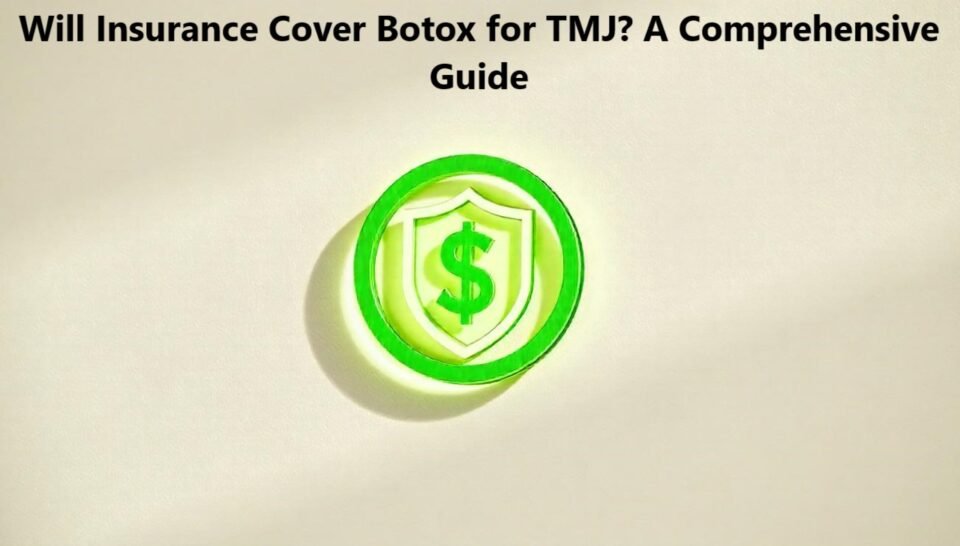When selecting a health insurance plan, terms like “90 coinsurance” can seem confusing. This article is to explain what the term means, how it operates, the implications, and how it affects your health care expenses. Let’s look at what 90 coinsurance is in health insurance with on page SEO optimization and why it’s one of those factors that you’ll want to consider when selecting a health insurance plan.

What is 90 Coinsurance in Health Insurance?
The term coinsurance refers to the percentage of your health care costs that you share with your insurer once you’ve paid your deductible. A “90 coinsurance” plan means you are responsible for 10% of the covered medical expenses, while your insurance company covers the remaining 90%.
Covered services performed by provider(s) within your insurance plan’s network will count as a percentage of your percentage contribution. An important point to remember is that coinsurance is applied once you have used your deductible.
How Does Coinsurance Work?
Here’s a step-by-step explanation to help you understand:
Before Deductible is Met:
Until you reach your deductible, you have to pay 100% of your medical expenses.
After Deductible is Met:
The cost of services that are covered are split between your insurance provider. The insurer pays 90% for a 90 coinsurance plan, and you pay 10%.
Out-of-Pocket Maximum:
For example, suppose your total expenses, including deductible and coinsurance, total $3,000 for the plan year; once you’ve fulfilled the out-of-pocket maximum, your insurance pays 100 percent for covered services for the remainder of the plan year.
Example of Naturalness of 90 Coinsurance
To illustrate, let’s break down an example:
Allowable Costs: $10,000
Deductible: $2,000
Coinsurance: 90% (You pay 10%)
Out-of-Pocket Maximum: $5,000
Step 1: Pay the Deductible
First you pay $2,000 (deductible).
Step 2: Apply Coinsurance
According to the third way, the remaining amount after the deductible dollars is $8,000.
Your share: 10% of $8,000 = $800
Insurance share: 90% of $8,000 = $7,200
Step 3: Check Out-of-Pocket Maximum
For the plan year, your insurance covers 100% of any additional costs if your total out of pocket costs are more than $5,000.
Pros and Cons of a 90 Coinsurance Plan
1. Lower Out-of-Pocket Costs
These plans have high coinsurance such as 90% which means you have much lower financial responsibility for services you receive, provided that you have met your deductible as well.
2. Major Expense Coverage Better
For instance, a 90 coinsurance plan means that if you need a lot of medical care for any reason, the insurance company takes most of what needs to be paid.
3. After Deductible, Predictable Costs
A 90 coinsurance plan will easily let you calculate your share of costs to help you financially plan well.
How to Choose a 90 Coinsurance Plan
Higher Premiums:
Insurers offer plans with higher coinsurance percentages, that means higher monthly premiums as well. Ask yourself if the lower out of pocket costs justify the higher premium.
Network Restrictions:
Before you go, make sure that your preferred healthcare providers are in your network of insurance, because it is usually more expensive to have an out of network service.
Deductible and Out-of-Pocket Maximums:
Take a look at the plan’s deductible and out of pockets limit, and see if this fits in the budget.
How the other plans compare to 90 Coinsurance.Insurance Share Plan Type Coinsurance Your ShareCoinsurance 20% 80% 80%90% 10% 90%ductible
With a 90 coinsurance plan, you can easily calculate your share of costs, helping you plan your finances effectively.
Considerations When Choosing a 90 Coinsurance Plan
Higher Premiums:
Plans with higher coinsurance percentages typically come with higher monthly premiums. Consider whether the lower out-of-pocket costs balance out the higher premium.
Network Restrictions:
Ensure your preferred healthcare providers are within your insurance network, as out-of-network services often result in higher costs.
Deductible and Out-of-Pocket Maximums:
Assess the plan’s deductible and out-of-pocket limits to ensure they align with your budget.
How 90 Coinsurance Compares to Other Plans
Plan Type Coinsurance Your Share Insurance Share
High Coinsurance 70% 30% 70%
Moderate Coinsurance 80% 20% 80%
High Coverage Plan 90% 10% 90%
Low premiums may come with plans with lower coinsurance percentages, but higher costs if you go to the doctor. Individuals expecting higher healthcare needs should choose a plan with a 90 coinsurance rate.
How to Get the Most out of a 90 Coinsurance Plan
Utilize Preventive Care:
A lot of insurance plans cover free preventive services that will help in keeping long term health care costs down.
Stick to In-Network Providers:
To avoid having to pay more out of pocket make sure your healthcare providers are in network.
Plan for Your Deductible:
It budgeted for your deductible so you’d be ready to pay when you need care.
Monitor Expenses:
With the exception of the American Health Care Act, each year you’ll want to keep track of your medical expenses to see when you’ll hit out of pocket maximum.
Conclusion
Understanding “90 coinsurance meaning health insurance” is crucial for making informed decisions about your healthcare plan. A 90 coinsurance plan offers much coverage and very little out of pocket after the deductible is met. Although they often have higher premiums, these plans are a good choice for those who will require high amount of healthcare.
When you look at all your options carefully, it will be easier to decide what is the right balance of your premium costs versus your out-of-pocket expenses.





